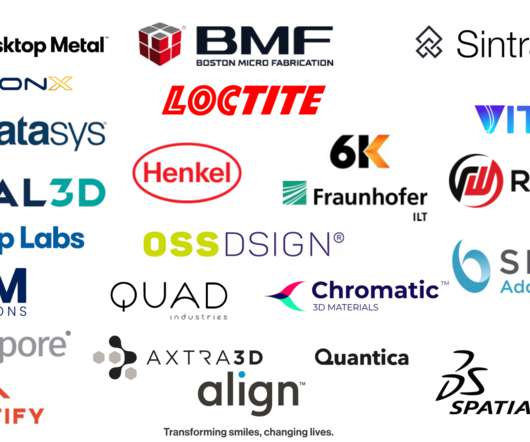U.S. automotive industry increased robot installations by 10% in 2024
Robotics Business Review
MAY 8, 2025
Already, these manufacturers produce robots for a huge domestic market that more than tripled from 2019 to 2023. A3 identified food and consumer goods, life sciences, pharmaceuticals, and biomedical as some of the fastest-growing industries in the U.S. This puts them in second place after Japan. for robotics.












Let's personalize your content